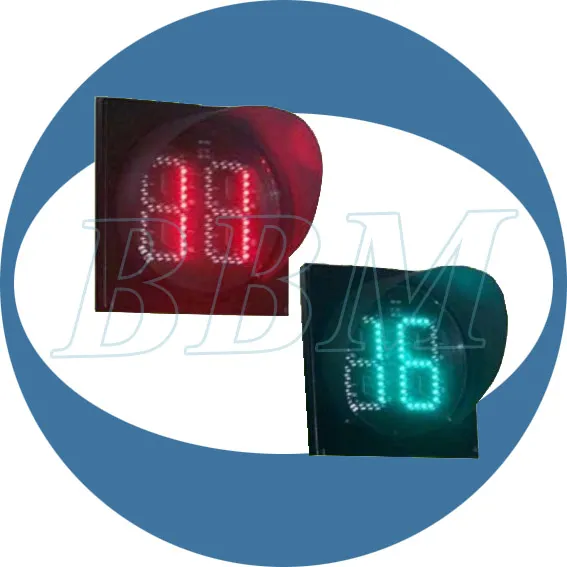In today's fast-paced world, efficient traffic control is vital to ensure smooth and safe movement of vehicles on roads. Traditional traffic lights have long played a crucial role in managing traffic flow, but with advancements in technology, LED traffic lights have emerged as a game-changer. LED, or Light Emitting Diode, technology has revolutionized traffic control systems worldwide, providing numerous benefits over their conventional counterparts.

LED traffic lights offer superior visibility and brightness compared to traditional incandescent bulbs. The vibrant colors produced by LEDs are easily discernible even in adverse weather conditions, such as fog or rain, ensuring that motorists can clearly see and respond to traffic signals. This enhanced visibility contributes significantly to reducing the risk of accidents and improving overall road safety.
One of the most notable advantages of LED traffic lights is their energy efficiency. LEDs consume significantly less energy than traditional bulbs, leading to substantial cost savings for municipalities and governments. With energy consumption being a critical concern in today's environmentally conscious world, LED traffic lights offer a sustainable solution, reducing carbon emissions and contributing to a greener future.
Moreover, LED traffic lights have a longer lifespan compared to incandescent bulbs. Traditional bulbs require frequent replacement due to their limited durability, leading to higher maintenance costs and traffic disruptions. LED lights, on the other hand, can last up to ten times longer, resulting in reduced maintenance efforts and expenses. This extended lifespan translates to fewer disruptions on roads, minimizing inconvenience for commuters and improving overall traffic flow.
One of the key features of LED technology is its flexibility in design and customization. Custom LED traffic lights allow for the creation of unique signaling systems tailored to specific traffic conditions. Municipalities can implement innovative designs, including arrows, symbols, or countdown timers, to convey information more effectively to motorists. This customization empowers traffic engineers to optimize traffic flow, reduce congestion, and enhance overall efficiency on the roads.

Furthermore, LED traffic lights can be easily integrated with smart traffic management systems. These systems utilize advanced technologies such as sensors, cameras, and data analytics to dynamically adjust signal timings based on real-time traffic conditions. By incorporating LED lights into these systems, traffic control becomes more intelligent and adaptive, responding to changing traffic patterns and optimizing signal timings to minimize delays.
The transition to LED traffic lights is already underway in many cities globally, with remarkable success. Governments and municipalities are recognizing the long-term benefits of this technology, both in terms of safety and cost savings. The initial investment in LED infrastructure may seem substantial, but the substantial energy savings and reduced maintenance costs outweigh the upfront expenses in the long run.
In conclusion, LED traffic lights represent a significant advancement in traffic control systems. Their superior visibility, energy efficiency, longer lifespan, and customization options make them a clear choice for modernizing traffic management. As cities continue to grow and traffic congestion becomes a pressing issue, embracing LED technology will play a crucial role in creating safer and more efficient transportation networks for the future.






0 comments:
Post a Comment